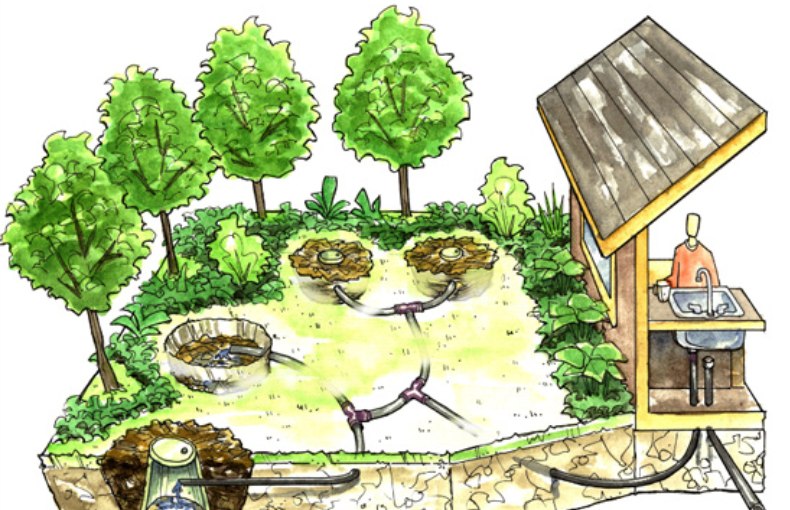8 Easy and Cheap Tips To Save Water In The Landscape
You want to create a beautiful landscape but are concerned about watering needs. Water is one of the most important considerations when it comes to landscaping. Economically speaking, the best landscapes are those with the least watering requirements. In this age of global warming when droughts are prolonged and widespread, using tap water to water the landscape becomes expensive, wasteful, and counter-productive. You need plants to keep you cool during hot seasons and to increase vegetation cover. However, some plants require lots of water to stay alive and keep flourishing in hot climates.
Here are some tips to ensure you have rich lush landscapes without spending too much on water;
1. Use native plants
Native plants are adapted to the local climate. These hardy varieties will thrive with minimal care. Whether it’s trees, flowers, or grass, native varieties will have your landscape looking full and lush all year round, without valuable water to keep them so.
2. Xeriscaping
Xeriscaping involves using plants adapted for arid and semi-arid climates. This includes euphorbias, cacti, succulents, and agave. These plants will survive long dry spells until the next rainy season without losing their luster or appeal.

3. Cut back on the lawn
To maintain the vibrant green lawns all year round you have to spend quite a bit watering them. Lawn alternatives not only reduce water in the landscape, but they require no mowing and also bring more biodiversity.
4. Mulching
Mulching is covering the ground around plants with dry leaves, grass, and compost. It prevents water loss by evaporation, keeping the ground moist for a long. Additionally, mulching limits the growth of weeds and enriches the soil as the mulch decomposes.

5. Reuse greywater
Greywater is wastewater from non-toilet plumbing systems such as kitchen sinks, hand sinks, washing machines, and showers. This water can be redirected and used to water plants. This will keep your landscape nourished while your water bill stays down.

6. Capture rainwater
Capturing and storing rainwater will save you a lot for keeping your plants watered during the dry season. Saving for rainy days, right?
7. Plant on the onset of the wet season
New landscapes require the most watering before the plants acclimatize. The best time to do plantings is at the beginning of o during the rainy season. This way the roots are able to settle in while saving you time and money on watering. The cool temperatures during the rainy season also minimize shock and wilting for transplanted seedlings and trees.
8. Drip irrigation over sprinklers
Drip irrigation minimizes waste by dropping water at the base of the plant. When watering let the plants. Water later in the evenings, allowing your plants to soak reducing the frequency of watering to just a few days a week or less.

Contact Ujenzibora today to start planning for your climate-responsive and water-saving landscapes.

